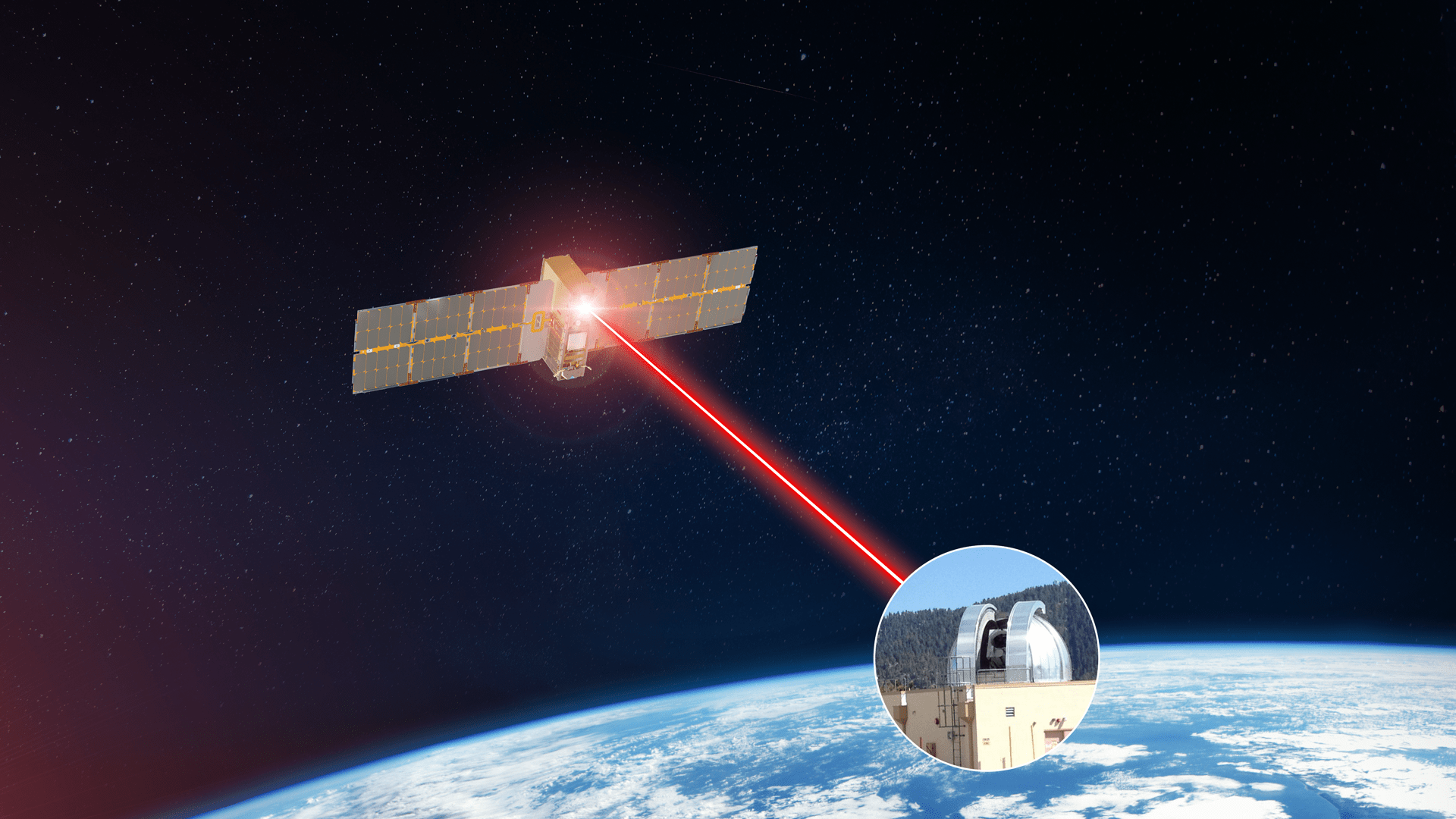Nearing testing of its new two-way high-speed laser system, NASA is poised to make a major advancement in space communication. This cutting-edge technology heralds a new era in deep space communications and has the potential to completely transform the way data is transferred between ground-based facilities and the International Space Station (ISS).
As the volume of data exchanged between Earth and space continues to surge, NASA recognizes the limitations of the traditional radio-based communication systems. The solution lies in optical systems, which can encode data far more densely into light than radio waves. The agency is gearing up to take a giant leap towards this objective with the launch of the Integrated Laser Communications Relay Demonstration Low Earth Orbit User Modem and Amplifier Terminal (ILLUMA-T). Scheduled to blast off in November aboard SpaceX’s Dragon spacecraft, ILLUMA-T is a state-of-the-art telescope and two-axis gimbal combination that will be attached to the ISS.
ILLUMA-T will participate in a ground-breaking two-way connection once in space with the Laser Communications Relay Demonstration (LCRD) satellite, which NASA launched in December 2021 into geosynchronous orbit. The signals will be picked up by the LCRD satellite and sent to ground stations in Hawaii and California. The data will subsequently be sent by these ground stations at incredible speeds—up to 1.2 gigabits per second. Being up to 100 times faster than traditional radio communications and twice as fast as earlier laser-based experiments, this is a significant advancement.
While NASA’s ILLUMA-T promises impressive communication capabilities, it’s worth noting that other teams have achieved even higher data transmission rates using lasers. The TBIRD satellite, for instance, demonstrated an astounding 100 Gbps in a test last year.
NASA envisions a future where laser communication becomes standard on the ISS as well as the Near Space Network, which includes satellites orbiting Earth and the Moon, and the Deep Space Network, which facilitates communication with spacecraft exploring far reaches of our solar system, if the upcoming experiment proves successful. This innovative technology represents a turning point in the search for quicker, more effective data transmission in space and has the potential to completely change how humans interact with space.

